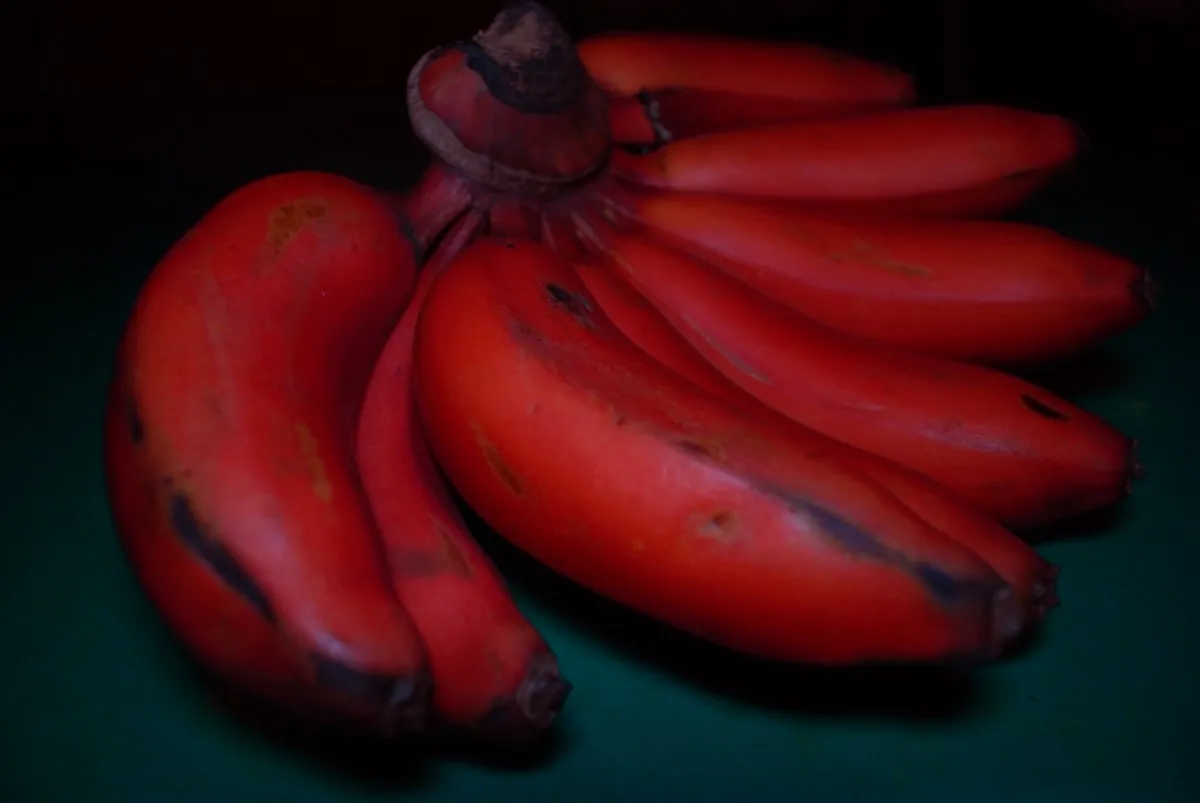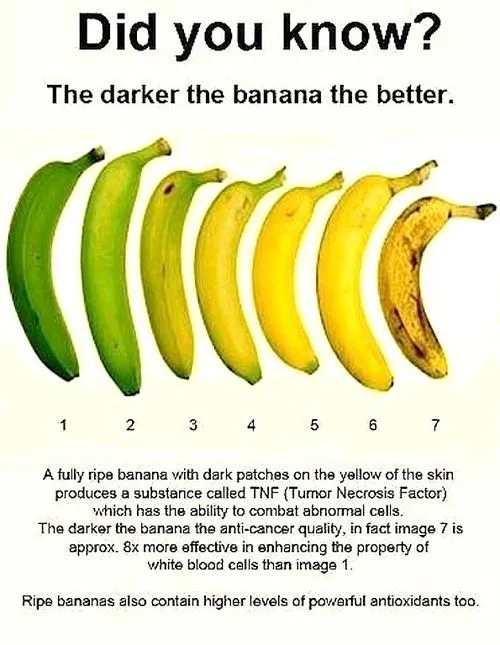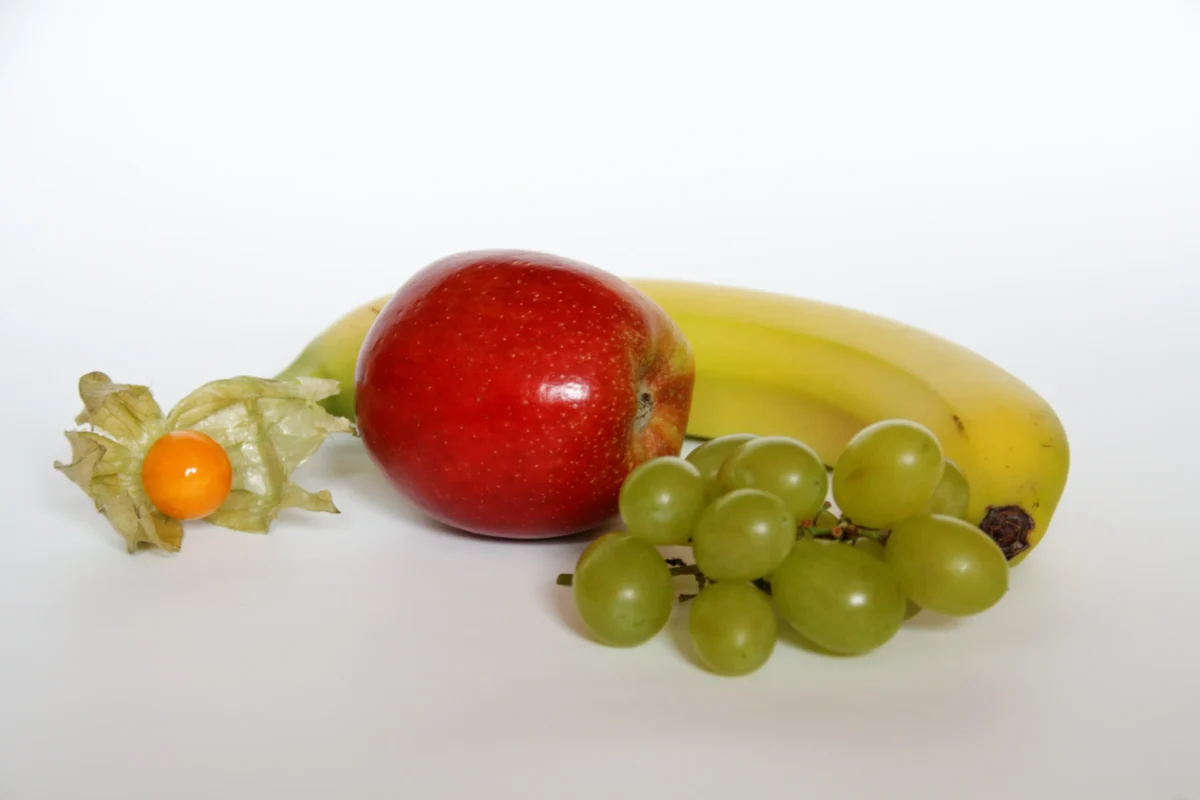Peeling Back the Layers: Exploring the Different Colors of Bananas
Bananas are one of the most popular fruits in the world, and for good reason. They`re not only delicious, but also packed with nutrients. However, did you know that bananas come in different colors? While most of us are familiar with the typical yellow banana, there are actually several different hues.

In this article, we`ll delve into the world of banana colors and explore topics such as what causes bananas to change color as they ripen, the nutritional differences between different colors of bananas, and some fun facts about bananas and their colors.
Whether you’re a banana enthusiast or simply looking to learn more about this versatile fruit, you won’t want to miss out on this informative article. So, let’s peel back the layers and learn more about the different colors of bananas!
What are the different colors of banana?

Bananas are a popular fruit that come in various colors, each with its own unique flavor and nutritional value. While most people are familiar with the classic yellow banana, there are other colors that may surprise you.
One such color is red, which is actually a mutation of the yellow banana. These bananas have a sweeter taste and a softer texture than their yellow counterparts. They also contain more antioxidants and vitamin C.
Another lesser-known color is green, which refers to unripe bananas. These bananas have a firmer texture and less sweetness than ripe bananas but can still be used in cooking or blended into smoothies for added nutrition.
Lastly, there are also blue or purple bananas, which are typically found in Southeast Asia. These varieties have a slightly tangy taste and contain high levels of anthocyanins – powerful antioxidants known for their anti-inflammatory properties.
In conclusion, while most people may only be familiar with the traditional yellow banana, there are actually several different colors available each with their own unique benefits. So next time you’re at the grocery store or farmer’s market, consider trying out some different colored bananas to mix up your fruit game!
Why do bananas change colour as they ripen?
Have you ever noticed how bananas change color as they ripen? This process is due to a natural chemical reaction that occurs within the fruit.
Bananas contain a type of pigment called chlorophyll, which gives them their green color when unripe. As the banana begins to ripen, enzymes break down the chlorophyll and other pigments begin to appear, such as xanthophylls and carotenoids. These pigments are responsible for the yellow color we associate with ripe bananas.
As the banana continues to ripen, these pigments become more concentrated and spread throughout the fruit. Eventually, brown spots may appear on the peel due to oxidation of these pigments.
Interestingly, different varieties of bananas may have different rates of ripening and produce varying degrees of sweetness or sourness depending on their stage of development. So next time you bite into a perfectly ripe banana, remember that its changing colors are not just aesthetic but also an indication of its deliciousness!
The nutritional differences between different-colored bananas.
Did you know that the color of a banana can actually indicate differences in its nutritional value? While all bananas contain important vitamins and minerals, there are slight variations between different colored varieties.

For example, green bananas have higher levels of resistant starch, a type of fiber that is not broken down easily by the body. This means that green bananas can help regulate blood sugar levels and improve digestive health. On the other hand, ripe yellow bananas have higher levels of antioxidants such as dopamine and catechins, which can boost immune function and reduce inflammation in the body.
Red or purple bananas contain even more antioxidants than their yellow counterparts, as well as additional compounds like anthocyanins which are known to promote heart health. However, they may also be slightly lower in potassium compared to their yellow or green counterparts.
Ultimately, it is important to vary your intake of different colored bananas to ensure you are getting a range of nutrients. Don’t be afraid to experiment with less common varieties like red or even blue bananas – you might be surprised at how delicious and nutritious they can be!
Fun facts about bananas and their colors.
Did you know that bananas come in more colors than just yellow? In fact, there are over 1,000 varieties of bananas grown worldwide, each with their own unique color and flavor profile.
Red bananas, for example, have a deep red skin and flesh that is sweeter than traditional yellow bananas. And blue java bananas have a pale blue-green skin with a creamy texture and hint of vanilla flavor.
But why are most bananas we see in stores yellow? It turns out that this is due to the ripening process. Bananas start off green and as they ripen they turn yellow. However, some varieties may stay green or even turn brown when ripe.

« if banana is apple apple is grapes
The Ultimate Guide to Knowing When Your Banana Bread is Done: Tips and Tricks for Perfect Baking! »
In addition to their color variations, bananas also have some surprising health benefits. They are high in potassium which can help regulate blood pressure and improve heart health. Bananas also contain fiber which aids digestion and can help you feel full longer.
So next time you reach for a banana, take a moment to appreciate its unique color and consider trying out some different varieties for an even more flavorful experience.
Check out our other articles to find out even more about banana.
We hope this article helped to answer your questions about the different colors of bananas and what nutritional differences they might have. Bananas are a versatile fruit with many benefits, so no matter which color you choose, you can be sure that it is healthy for you! If you enjoyed learning about bananas and want to explore more topics related to them, head over and check out our other articles to find out even more about banana.







